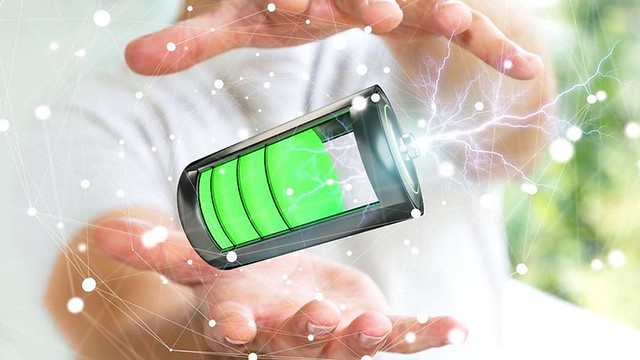V2G? What is this?
Vehicle-to-grid (V2G) is a concept for the release of electrical power from the traction battery of electric and hybrid cars back into the public power grid. Electric cars can not only draw electric energy from the grid but also feed it back into it as part of an intelligent energy system in times of high grid load via special charging stations. V2G enables intelligent sector coupling.
V2G-approaches are based on the fact that most vehicles are parked the largest part of the day. The majority of private vehicles are moved less than two hours a day and are available for V2G-applications throughout most of the day. Since the charging time is usually considerably shorter than the actual service life, charging batteries can be adapted to the respective requirements in the power grid and electric cars can, therefore, be used for load management.
V2G in the Regenerative Power Grid
One of the biggest problems with power grids fed from renewable sources is that the energy generated by wind turbines or solar modules has to be stored. In some countries, the excess energy drives pumps which transport water to a higher lake. If the energy is needed , the water can be discharged in a controlled manner and drives hydroelectric turbines, which in turn produce energy. This illustrates that storing electricity and feeding it back into the grid is associated with costs and energy losses that we want to avoid. For modern power grids, which are as efficient as possible, it would make much more sense if they were, on the one hand, long-term and, on the other, very responsive storage facilities with which consumption fluctuations in an internationally linked power grid can be compensated immediately. In other words: If all Britons switch on their kettles for five o’clock tea, an intelligent grid can compensate for this peak within seconds.
In connection with electromobility, the idea suggests that this role could be assumed by several million electric vehicles. From its first day on, every electric vehicle would be an active part of an intelligent power grid, and the electronics integrated into the vehicle would react directly to centrally controlled energy consumption requirements.
The Socialization of Energy
This basic idea of the V2G requires primarily a rethinking with the owners of the electric vehicles because their property – the vehicle and the accumulators inserted in it – become thereby de facto a commonly available good. This socialization of energy and the storage systems, that will be absolutely necessary for the future, is part of the sector coupling in the larger context, which is based on an “All Electric Society” as a solution for the future challenges of 100% regeneratively fed power grids.
Skeptics of the V2G-model complain that the batteries are not designed for such an application scenario as active participants in an intelligent power grid. The service life of a typical lithium-ion battery is reduced by the number of charging cycles that the cells have to cope with.
It will be difficult to convey to the buyer of an expensive electric vehicle with a large battery that his personal investment in environmental protection suddenly benefits “strangers”; at this point, the benefits to society as a whole already reach a very abstract level.
The rethinking does not only have to take place with the owners of the electric vehicles. Politics and industry are also challenged if the V2G-approach is to have a future.
